When replacing a valve body or transmission on a GM vehicle, it is essential to gather Mechanical Characterization & Virtual Matching (MCVM) data from the cloud. Due to manufacturing variations, no two transmission solenoids are identical. Understanding these variations allows the Transmission Control Module (TCM) to compensate and correct for the differences.
There can be slightly different response curves to the same input, which is why the characterization data is tied to each solenoid’s serial number and must be correctly entered into the Service Programming System (SPS) to ensure optimal transmission performance.
On 2016 and later GM models, technicians can help reduce human error and improve efficiency by using a simple QR code scanner to read the MCVM data, (Fig. 10) which can significantly reduce programming time and help prevent unnecessary rework. A QR code scanner can eliminate common data entry mistakes, such as misreading the letter “O” as the number “0” or superimposing incorrect characters, when inputting Transmission Unique Numbers (TUN) or Valve Body Part Unique Numbers (PUN) into SPS in the Techline Connect (TLC) system.
 Fig. 10
Fig. 10
How It Works
Instead of manually entering TUN or PUN values, which can be up to 22 characters, technicians can simply scan the QR code on the transmission or valve body using a compatible QR code scanner. (Fig. 11, click for video demonstration) This process ensures accuracy by directly inputting the correct data into SPS, eliminating the risk of transcription errors.
Fig. 11
Additional Uses
A QR code scanner tool is not just limited to transmissions. It can also be used for:
- Injectors – Quickly and accurately input Injector Quantity Adjustment (IQA) numbers without manual entry mistakes.
- Future Applications – Any instance where SPS in TLC asks for a serial number and a QR code is available.
QR Code Scanner Guidelines
For seamless integration into your workflow, it’s recommended to use a QR code scanner that is compatible with the Techline Connect and SPS systems. There are several QR code scanners (Fig. 12) available from online retailers that do not require any special downloads or drivers. They are simple plug-and-play devices, making them easy to use with minimal setup.
Recommended guidelines include:
- “No drivers required,” “Plug and play,” or “HID device” listed in the product description
- USB wired or Bluetooth/2.4G capability
- Capture codes from screens
- 1D and/or 2D barcode support
- No software installation required; avoid scanners that mention needing a custom app, SDK, or setup wizard
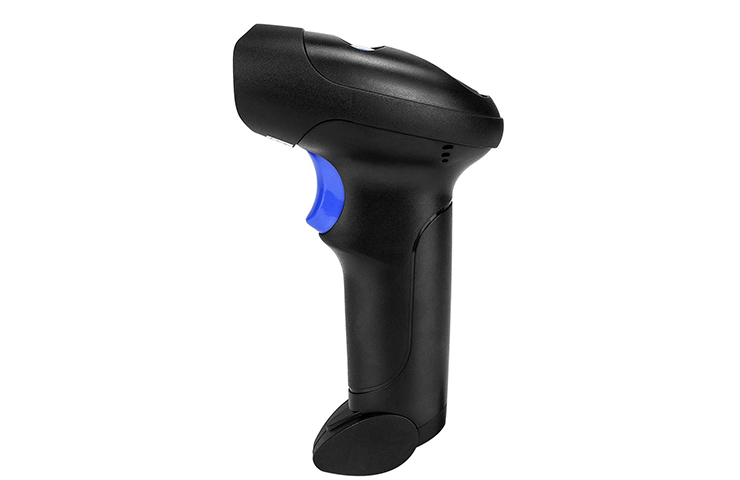 Fig. 12
Fig. 12
Benefits of QR Code Scanning in SPS
There are many benefits to using QR code scanning in SPS, including:
- Eliminates Human Error – No more misread or mistyped characters
- Saves Time – Inputting numbers manually can be slow and tedious; scanning is instant
- Prevents Rework – Avoid issues caused by incorrect data entries
- Improves Efficiency – Focus on repairs rather than troubleshooting data entry mistakes
By incorporating this simple yet effective tool into your diagnostic routine, the programming process can be streamlined while increasing accuracy. The next time you’re working with SPS, upgrade your workflow with QR code scanning.
– Thanks to Marco Salcedo
Updated May 23, 2025

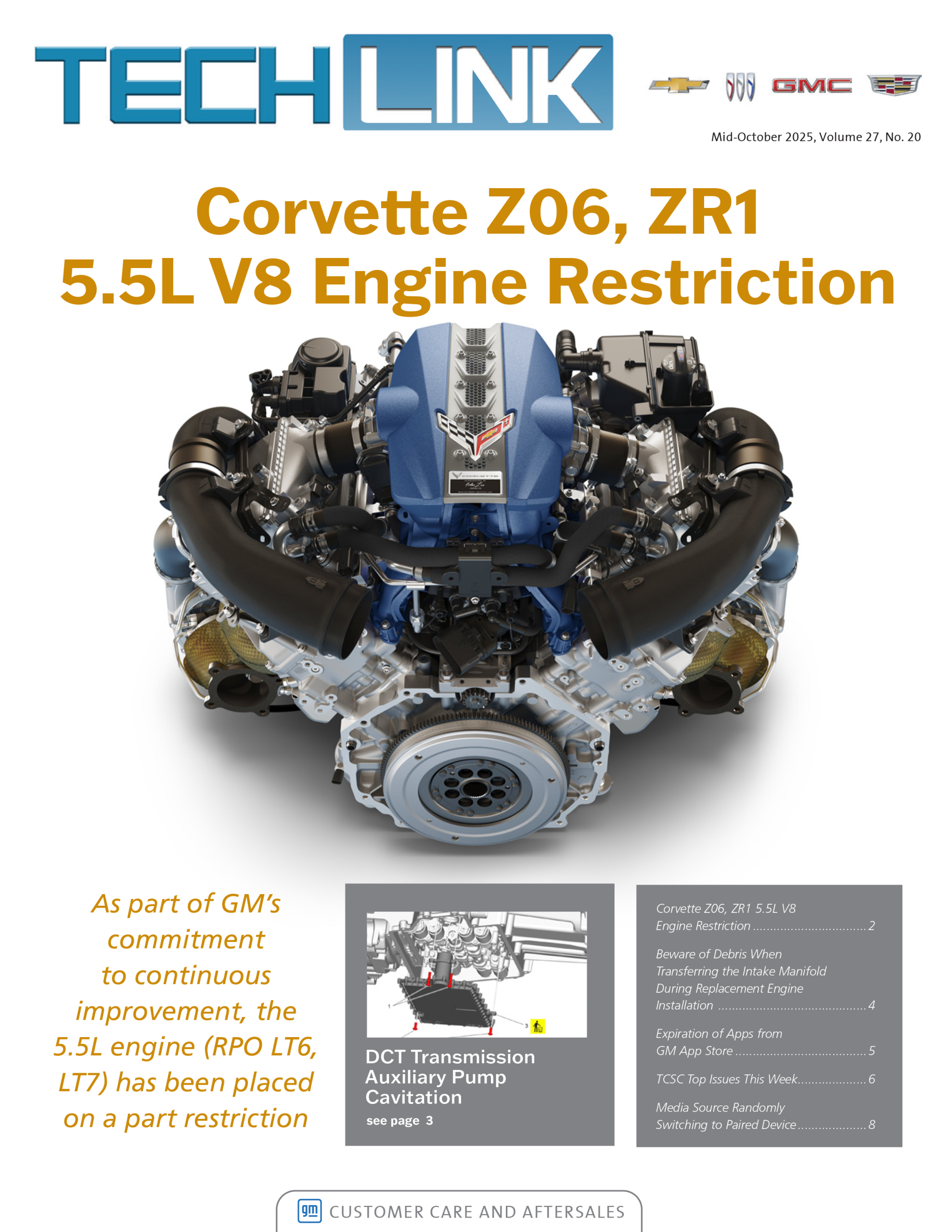
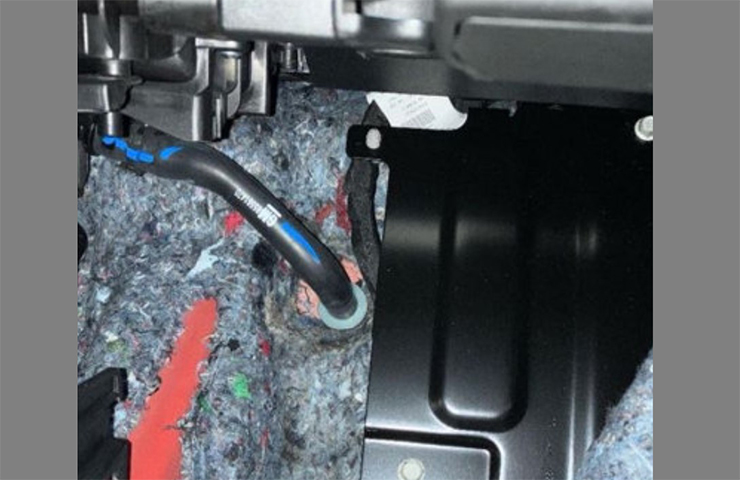
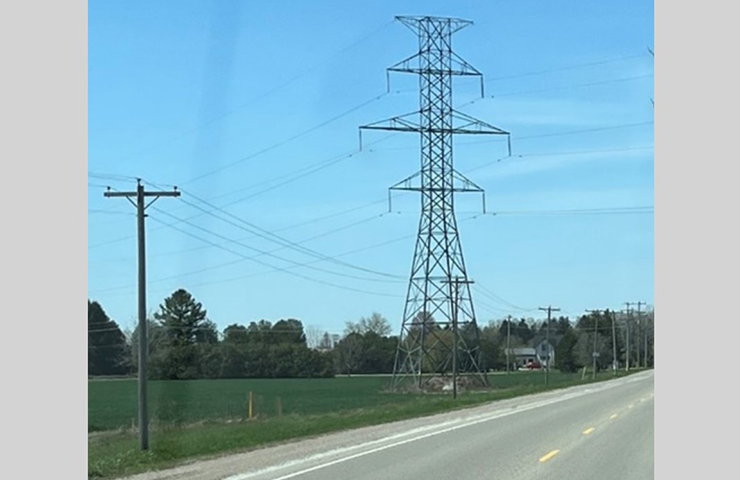
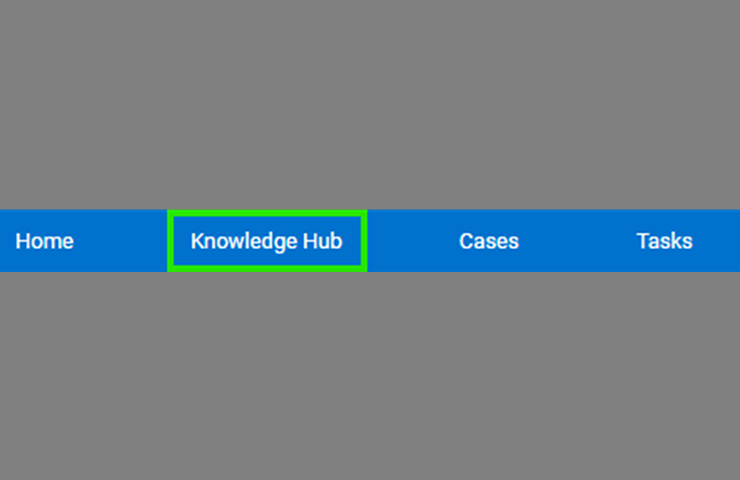
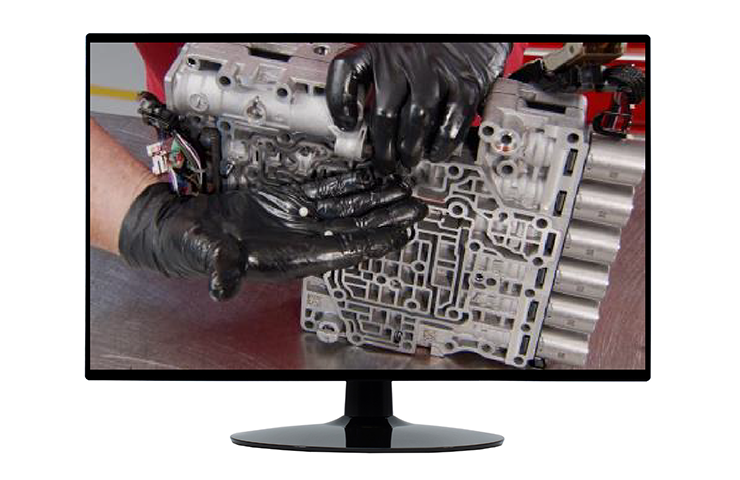
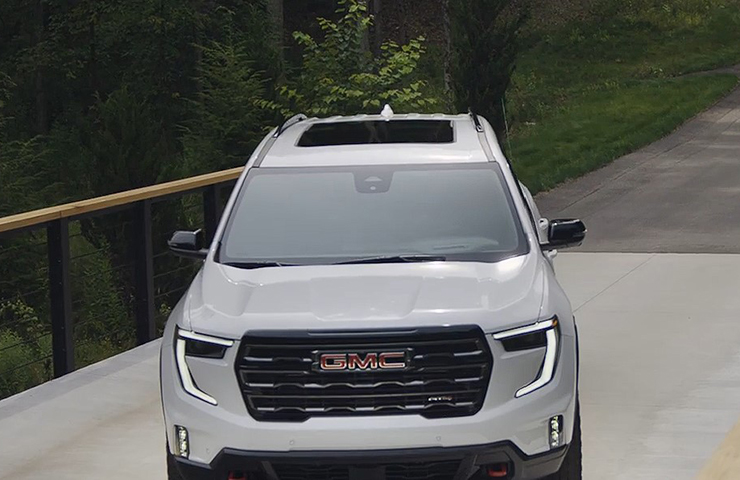
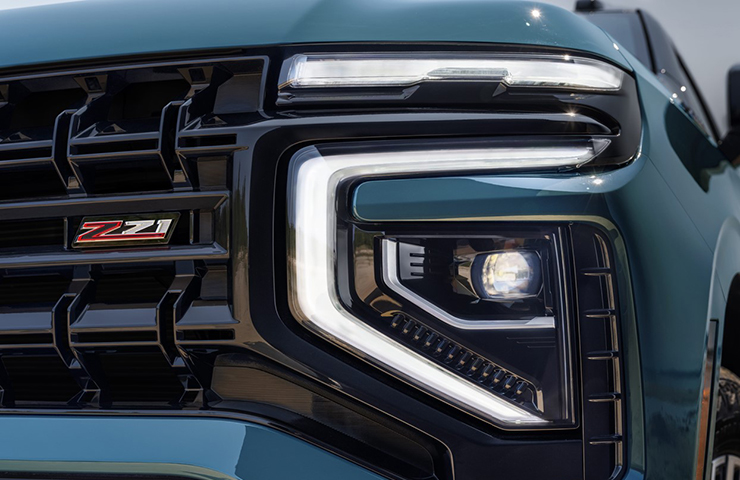
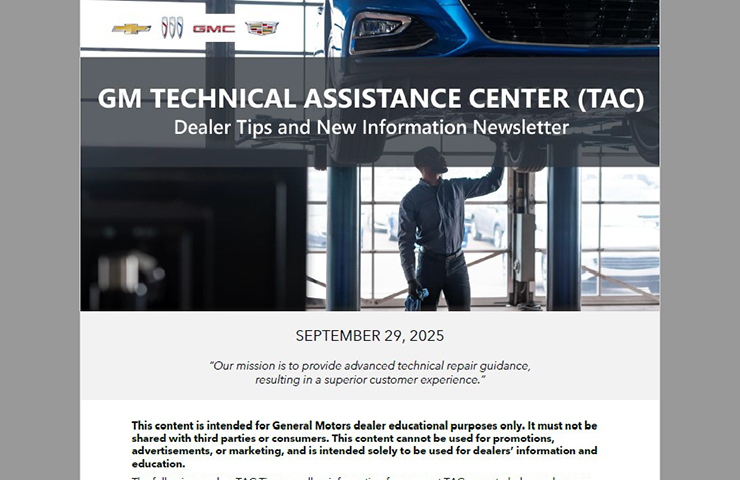
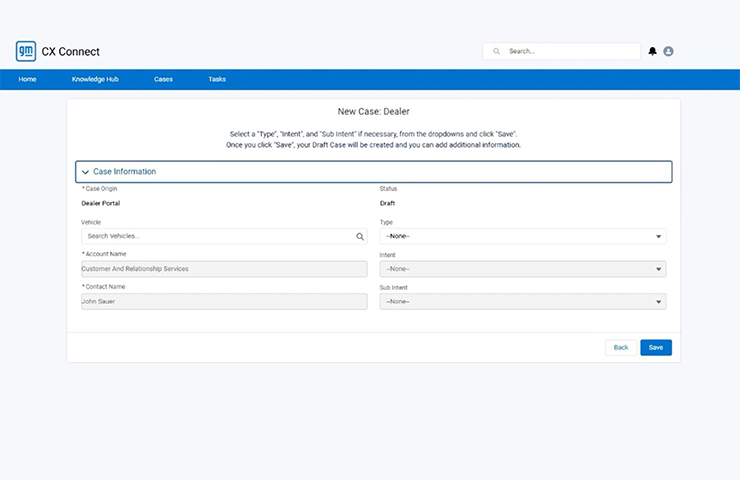
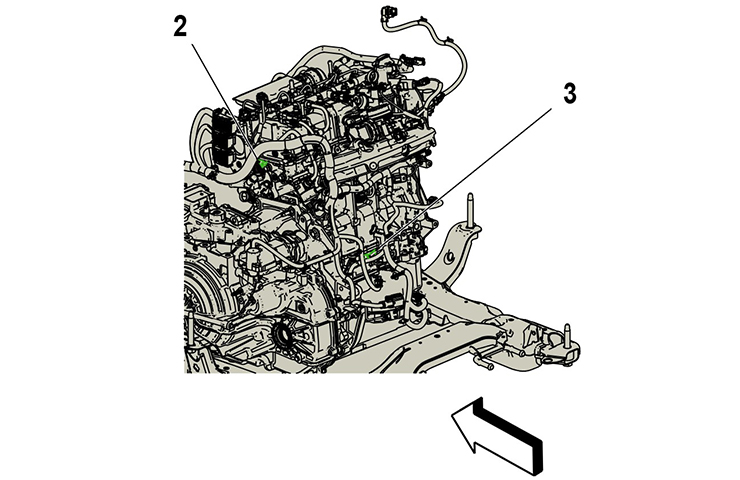
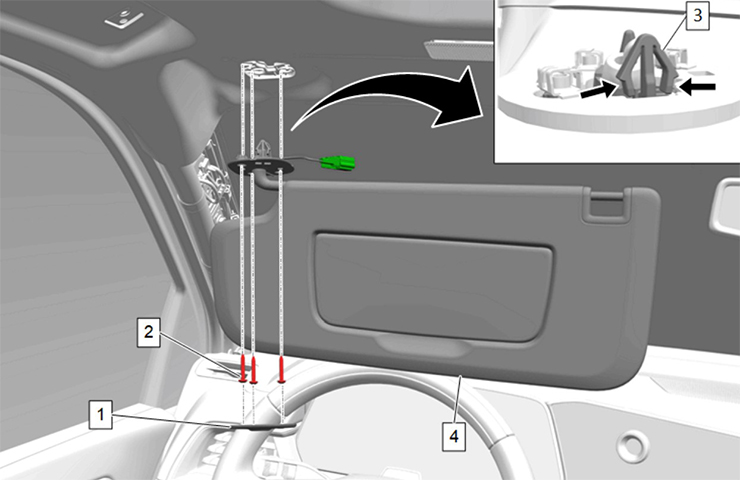
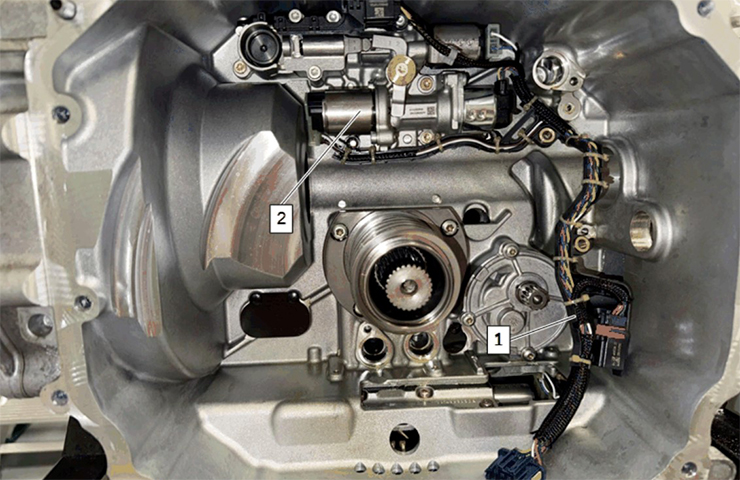







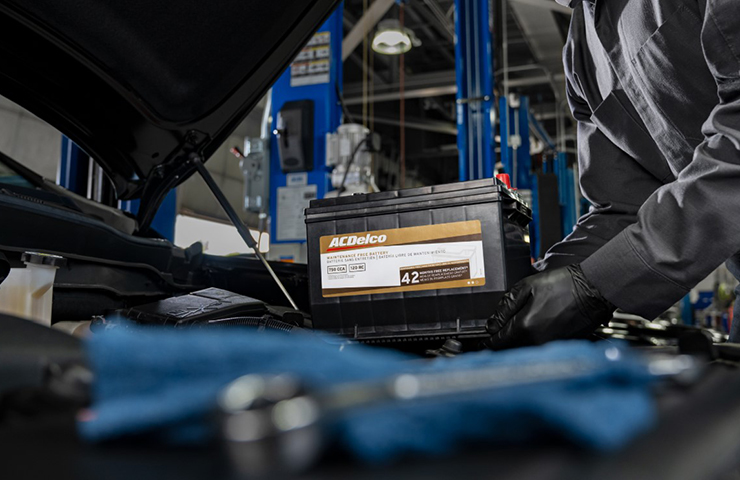
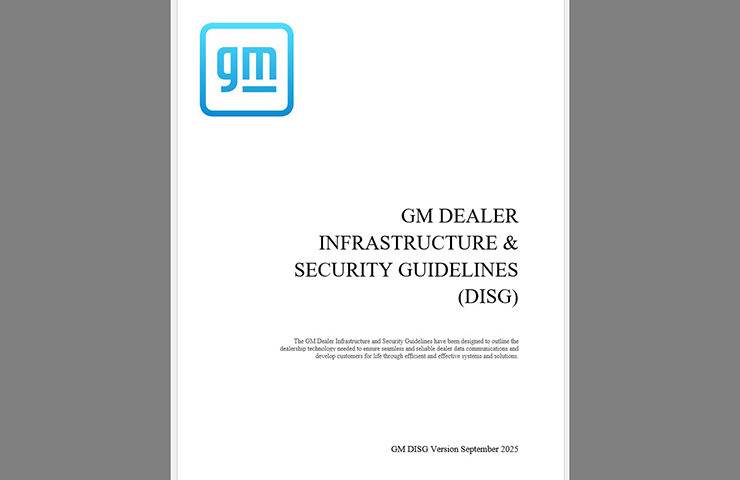
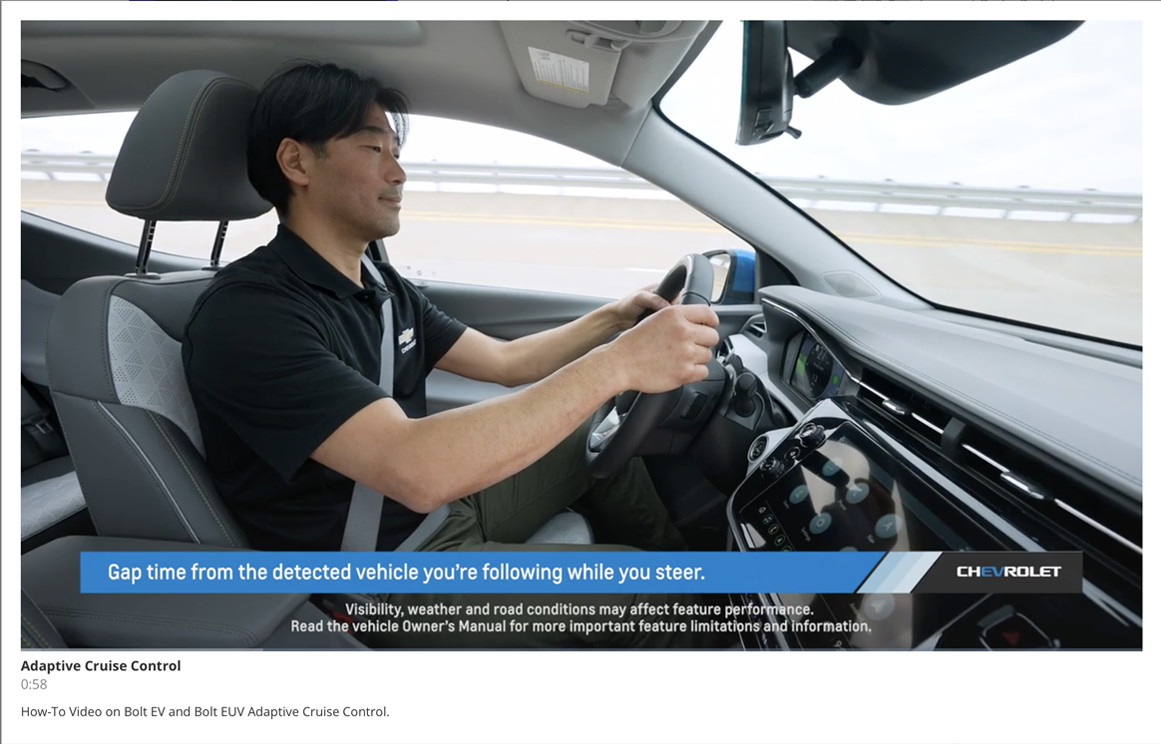
were to get QR Code Scanner
any links ?
The article has been updated with several scanner guidelines. Compatible scanners should be plug-and-play devices.
How do you know which scanners are compatible with SPS? Can anyone recommend one that works?